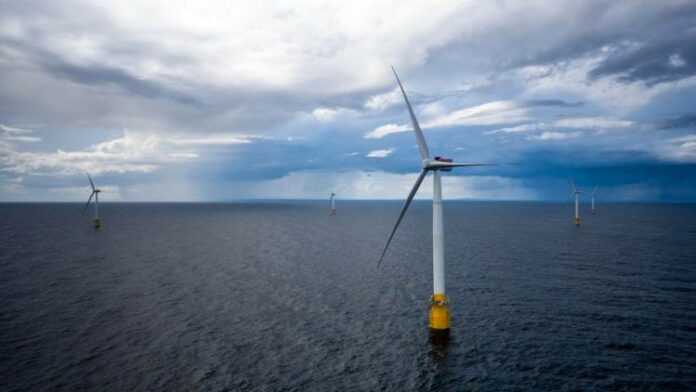Offshore wind could surpass the onshore sector as the cheapest source of renewable energy in the UK by 2028 without changes to planning regulations, according to new research from consultancy Cornwall Insight.
The consultancy bases its analysis on projections for capital costs by technology, fixed and variable operational cots, expected hurdle rates and locational factors, such as transmission losses and connection fees.
It also uses the current load factors for offshore wind of 58.4% and 38% for onshore wind.
Cornwall Insight said innovations in the offshore sector – such as higher turbines with longer blades – are allowing projects to capture more wind, while planning restrictions on onshore turbine size mean projects cannot take advantage of such improvements.
Cornwall Insight senior modeller Tom Edwards said: “The renewable energy market is under a process of transition with onshore wind facing the real prospect of being usurped by its offshore cousin to be the cheapest source of clean power in the not so distance future."
Improvements in offshore technology are occurring all the time and for offshore wind increasing the size of turbines is making a significant impact.
With 8MW models currently being deployed, and larger 10MW and 12MW models under development as the technology advances. With these larger economies of scale, it is inevitable that costs will fall.
However, the playing field is not level in Great Britain when it comes to these comparisons.
Analysis by the Onshore Wind Cost Reduction Taskforce found that LCOE savings of between £4/MWh and £7/MWh were possible with tip height and rotor diameter optimisation for onshore wind. The latest turbine specifications claim to improve load factors by as much as 26%.
While restrictions on onshore wind turbine height are maintained, projects will be unable to take advantage of these improvements to reduce costs.
For onshore wind to keep pace with its offshore counterpart, planning decisions will need to be relaxed.
This will not only to benefit consumers with cheaper cleaner energy but help the government towards its decarbonisation targets, not only in terms of facilitating the best conditions for new build onshore wind but also allowing existing sites to be repowered optimally.
Source:renews



